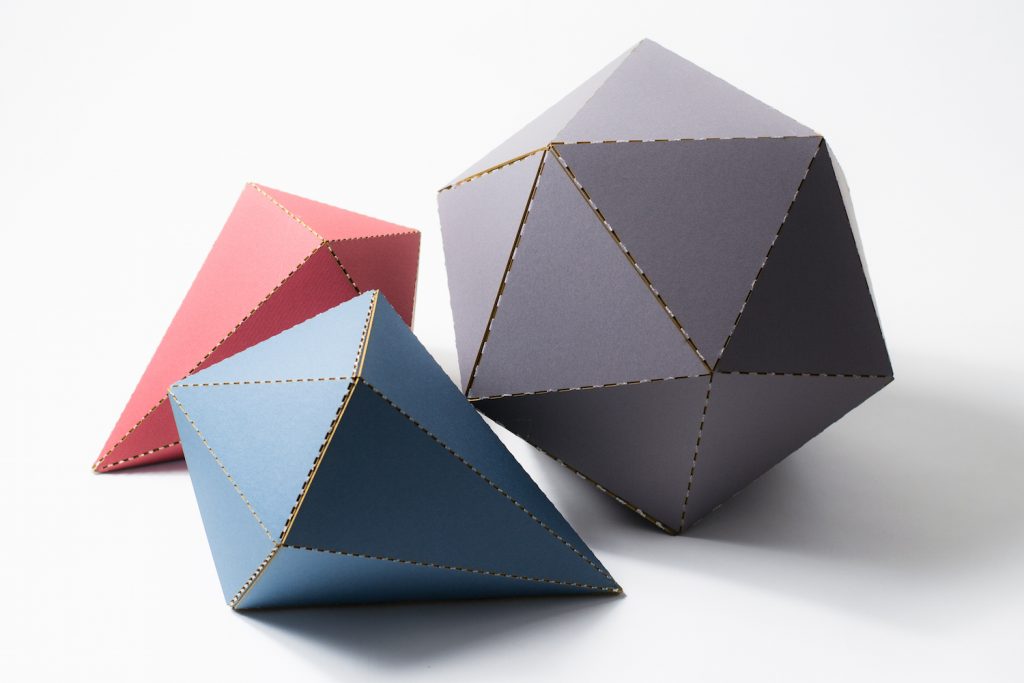7 Basic Principles of Graphic Design
Table Of Content

Design principles are guidelines that dictate how to use the elements effectively. They help designers capture the essence and personality of the subject in aesthetically pleasing ways. They can bridge connections to form other elements like lines but can also be used alone to create patterns and texture.
Recommended if you're interested in Music and Art
These are essential components of any application to a graphic design program, as well as a freelance graphic designer's toolkit. Regardless if you are applying to schools or looking for work in the field, we hope you find these tips and resources useful to your goals. To create visual interest and hold the viewer’s attention longer, you need variety. Variety is the use of several elements of design to make your art “explorable” and give the viewer a better experience.
Best Illustration And Digital Art Books
Contrast differentiates and creates space between your design's elements. Your background should be significantly different from your elements' color to work together harmoniously and be readable. Balance refers to how you put these elements on your design and avoid putting all your heavy elements in the same place. In this first example, signage from the Surry Hills Library in Sydney, everything is aligned within a clear margin, as shown by the green dotted lines.
The Fundamentals of Shapes in Graphic Design [A Comprehensive Guide]
These guidelines use elements to tell a story or atmosphere and help blend the elements effectively. Just like in music, rhythm is an important principle of graphic design. Visual rhythm refers to repeating elements in a graphic design to create a more refined look.
History of Graphic Design: Evolution of Visual Communication
Emphasis highlights the most important element and makes your audience concentrate on the focal point of your design. Once you start placing all your baggage on one side, it will slowly start to sink because that will be the heavy side of your boat, while the other side will remain weightless. This method is making sure that we have similar elements in our design, binding the design together. A pattern is very pleasing to the eye and we are wired to look for patterns around us. If you put too many things on one side, the scale won’t be balanced. Scale and proportion help you perceive information in separate sections and help with creating structure.
Everything About Social Media Videos: Tips + Templates to Get Started
It also creates a sense of consistency by using a repeating motif that the viewer comes to expect. This makes it particularly useful when it comes to creating your distinct brand identity. The number of design principles is not fixed and can vary depending on the source or context. However, most lists of design principles include around 7 to 12 key elements. These tools give you a better understanding—and appreciation—of what goes into the designs we see every day. As you become acquainted with them, you’ll start to see what does and doesn’t work (and why), as well as how you can apply these principles to your own creative work.
In our Shillington classrooms around the world, our teachers always drill back to the fundamental principles of graphic design. The easiest way to do this is through juxtaposition and contrast. Place bright colors next to lighter hues, text next to images, and round shapes next to square ones. By doing so you can keep viewers engaged and your design interesting.

Whether you're creating a digital flipbook or designing your next round of paper design flyers, proportions are key. For example, when you’re reading a blog post you expect headings to be larger than the body text. Or if you were looking at a realistic drawing of a tortoise and a hare, you expect the hare to be larger than the tortoise.
Design Studies (Minor) College of Liberal Arts - UNH's College of Liberal Arts
Design Studies (Minor) College of Liberal Arts.
Posted: Wed, 13 Dec 2023 12:42:15 GMT [source]
For example, if you’re designing a graphic for a new product launch, you might want to use colours that convey excitement and energy. But if you’re designing an infographic about environmental sustainability, you might want to use colours that evoke feelings of calm, peace and sustainability. Good graphic design can make your business look more professional, help you better connect with your target audience, and even boost your bottom line. Emphasis refers to the importance of the elements on your design, and what order they should have on it.
Elements that are larger in relation to others will stand out more and appear to have more importance to users. Emphasis is the part of a design that catches the eye of the user—a focal point, in other words. Ideally, this should be the most important part of the design, whether that’s the headline, an image, or a CTA. If everything on your page looks like it has the same importance, then nothing appears important.
This form of symmetry is a way to add depth and movement to a design and works to draw attention to an object in the centre of a composition. Some designers follow these principles without even realizing they’re doing it. Other times, a designer can’t quite put their finger on why a design isn’t working, but when they consult these principles they can often find the solution. Repetition generally creates unity in a design without any extra effort on the part of the designer.
Comments
Post a Comment